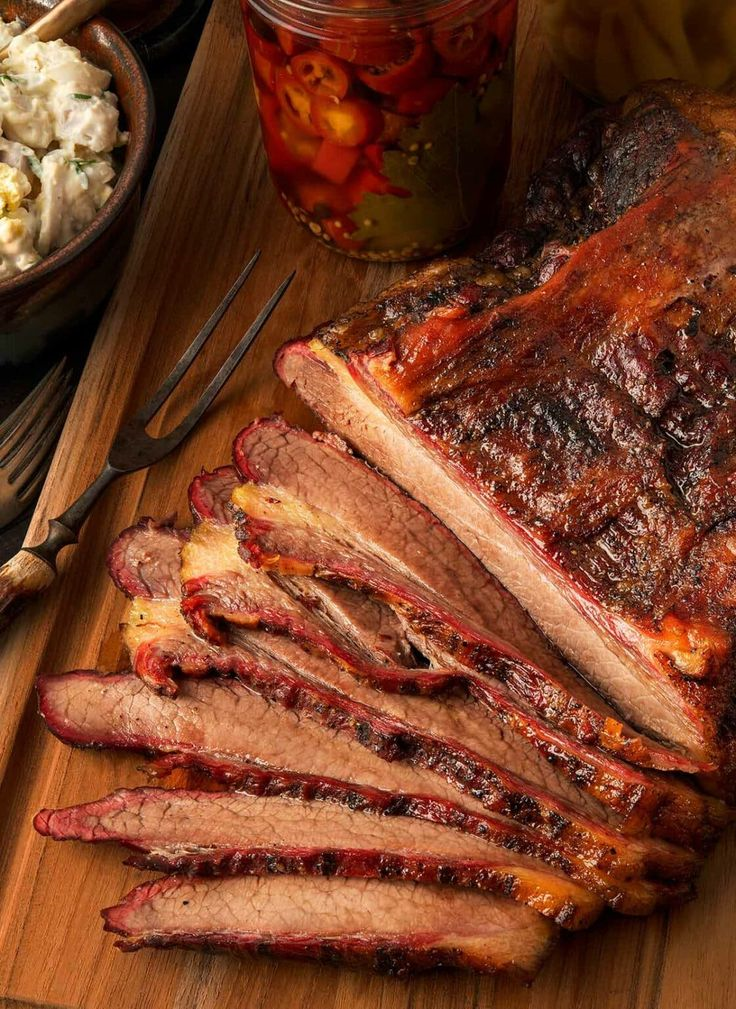
Buffalo diaphragm, also known as buffalo skirt steak, is a flavorful and lean cut that’s gaining popularity among chefs and home cooks alike. This unique cut is packed with rich, gamey flavor, making it perfect for a variety of dishes. But cooking buffalo diaphragm, especially from frozen, requires a few specific techniques to bring out its best taste and texture. Here’s your complete guide to cooking frozen buffalo diaphragm, from thawing to seasoning and cooking techniques.
Why Cook Buffalo Diaphragm?
Buffalo diaphragm is a thin, flavorful cut located near the animal’s ribs, making it similar to a beef skirt or flank steak. It’s slightly chewy but has a distinctive, earthy flavor that makes it well-suited for marinades and high-heat cooking methods like grilling, pan-searing, and stir-frying. Additionally, buffalo meat is leaner and lower in cholesterol than beef, making it a healthy and unique option for those looking to try something different in the kitchen.
Step 1: Properly Thawing Frozen Buffalo Diaphragm

The first step to cooking frozen buffalo diaphragm is proper thawing. Here’s how to do it:
- Refrigerator Thawing: Place the frozen buffalo diaphragm in the refrigerator for 24 hours to thaw it slowly. This is the best method to retain the meat’s moisture and texture.
- Cold Water Thawing: If you’re in a hurry, place the frozen buffalo diaphragm in a sealed plastic bag and submerge it in cold water. Change the water every 30 minutes until it’s thawed, which usually takes about 1-2 hours.
- Avoid Microwave Thawing: Thawing buffalo diaphragm in the microwave can lead to uneven thawing, which can make it tougher when cooked. It’s best to avoid this method if possible.
Step 2: Marinating or Seasoning
Buffalo diaphragm benefits from a good marinade to enhance its natural flavors and tenderize the meat. Since it’s leaner than beef, marinating can also help prevent it from drying out during cooking.
- Simple Marinade: Use a mix of olive oil, garlic, lemon juice, and salt. Add herbs like rosemary, thyme, or black pepper for extra flavor. Avoid highly acidic marinades, as they can make the meat tougher.
- Dry Rub: If you prefer a quicker option, try a dry rub. Use salt, pepper, smoked paprika, garlic powder, and a hint of cumin. This mix complements the rich flavor of buffalo without overpowering it.
Let the meat marinate in the refrigerator for at least 30 minutes. If possible, marinate it for 2-4 hours for deeper flavor.
Step 3: Cooking Techniques for Buffalo Diaphragm
Once thawed and marinated, buffalo diaphragm can be cooked in several ways. Here are some of the best methods:
Grilling Buffalo Diaphragm
Grilling is one of the most popular ways to cook buffalo diaphragm, as it quickly sears the meat and locks in its flavor. Here’s how to do it:
- Preheat the Grill: Set your grill to medium-high heat and preheat for 10-15 minutes.
- Oil the Grates: Lightly oil the grates to prevent the meat from sticking.
- Grill the Diaphragm: Place the buffalo diaphragm on the grill and cook for about 3-4 minutes per side. Since buffalo is lean, it cooks faster than beef, so avoid overcooking. Aim for an internal temperature of 130-135°F for medium-rare.
- Rest and Slice: Let the meat rest for 5 minutes, then slice it thinly against the grain for tenderness.
Pan-Searing Buffalo Diaphragm
If you don’t have a grill, a cast-iron skillet or heavy pan works well:
- Preheat the Pan: Heat the pan over medium-high heat and add a small amount of oil with a high smoke point, like canola or avocado oil.
- Sear the Diaphragm: Place the diaphragm in the pan and sear for about 3 minutes per side. This quick cooking method locks in the meat’s flavor and creates a caramelized crust.
- Finish in the Oven (Optional): If the cut is thicker, you can finish it in a preheated 350°F oven for an additional 5-7 minutes to reach the desired internal temperature.
Stir-Frying Buffalo Diaphragm
Buffalo diaphragm also works well in stir-fried dishes due to its rich flavor and lean profile:
- Slice Thinly: Slice the thawed buffalo diaphragm into thin strips against the grain.
- Stir-Fry Over High Heat: Heat a wok or large pan over high heat, add a small amount of oil, and stir-fry the strips for 2-3 minutes. Buffalo cooks quickly, so avoid overcooking to keep it tender.
- Add Vegetables and Sauce: For a quick meal, add vegetables like bell peppers, onions, and broccoli, along with a sauce of soy sauce, garlic, and ginger. Serve over rice or noodles.
Step 4: Serving and Pairing Suggestions
Buffalo diaphragm is best served with sides that complement its rich flavor. Consider pairing it with:
- Roasted Vegetables: Roasted carrots, sweet potatoes, and Brussels sprouts add a nice sweetness to balance the flavor.
- Grain Dishes: Quinoa, couscous, or wild rice pair well with buffalo’s gamey taste.
- Salad or Slaw: A light side salad or tangy coleslaw can add freshness to the meal.
Final Tips for Cooking Buffalo Diaphragm
- Avoid Overcooking: Buffalo meat is leaner than beef, so it can dry out faster. Aim for medium-rare to medium doneness for the best results.
- Let It Rest: Allow the meat to rest for a few minutes before slicing. This helps the juices redistribute and keeps the meat juicy.
- Slice Against the Grain: For optimal tenderness, slice buffalo diaphragm against the grain.
Conclusion
Cooking frozen buffalo diaphragm is simple with a few key techniques. From proper thawing and marinating to choosing the right cooking method, these steps will help you achieve a flavorful, tender result. Whether grilled, pan-seared, or stir-fried, buffalo diaphragm is a versatile cut that can elevate any meal. Try this unique, lean meat for your next dinner, and enjoy the distinct, earthy taste of buffalo!

